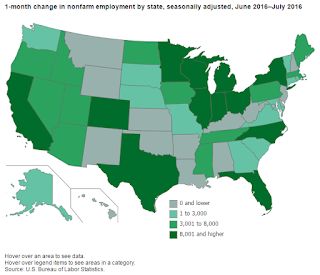Machining Demand Surges With Boom in U.S. Manufacturing

From ThomasNet This week’s Thomas Index will be taking a look at sourcing activity for Precision Machining by users in the Thomas Network at Thomasnet.com. Precision Machining is a process in which a machine operator starts with a piece of material called a blank, which is typically metal and uses the machine for precise, controlled removal of materials to transform that blank into a finished product. Machining encompasses a number of different manufacturing processes such as milling, turning, drilling, and tapping. It’s high-tech stuff; computer numerical control, or “CNC” machining involves computer programming and electromechanical devices for ultra-precise positioning of machining tools, to create incredibly complex surfaces and intricate geometries.






